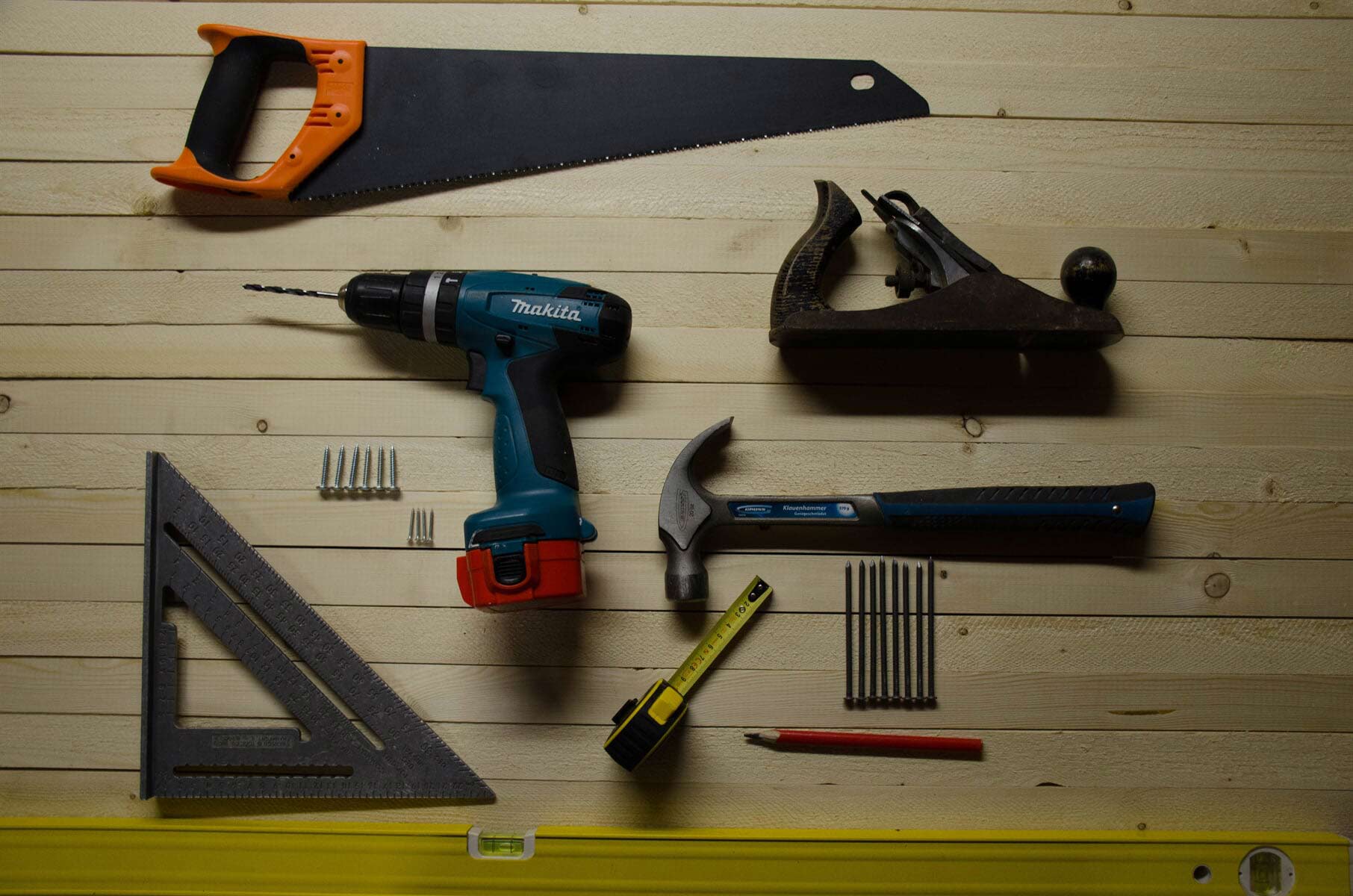Quality building services in Townsville
FAQ's
Want more information about our business and the services we offer? Check out our FAQ. If you have any other queries, get in touch with our team and we’ll be happy to give you all the information you need.
FAQ's
Can crumbling plaster be repaired? How do you handle severe damage?
In most cases, plaster can be repaired, although sections may be replaced with drywall in some situations. For cracks, a wire mesh or tape can be used to cover them over using plaster mud or putty. In this case, the area can then be sanded and repainted. Very small cracks may need to be widened before proceeding.
In areas where the plaster is loose and pulling away from the lathe underneath, a different approach may be needed. In some cases, it may be able to be secured into place using specialised drywall screws and plaster washers. Very severe areas where large chunks are falling off, or where there is crumbling, may need to have portions of the plaster removed. The remaining bare spots can either be filled in with new layers of plaster or with drywall that has been cut to fit.
Do cracks in my plaster mean I have foundation damage?
Not necessarily. Some settling over time can cause plaster to crack. Additionally, changes in temperature can also lead to cracking. Severe cracks that happen over a shorter period of time, cracks above doors and windows, and cracks that run in a zigzag pattern may be more concerning.
What are the benefits of plaster?
Plaster is a widely used material as it is much thicker and insulative than drywall. It is much more durable, offers better sound insulation, and is fire-resistant in many cases.
How do I know if my foundation, basement or walls need to be waterproofed?
If you live in an area at risk of flooding, you should consider waterproofing regardless of other factors. Otherwise, pay attention to signs that your home has water damage, such as a musty smell after it rains, discolouration related to mould and mildew, or water pooling anywhere around your foundation wall.



